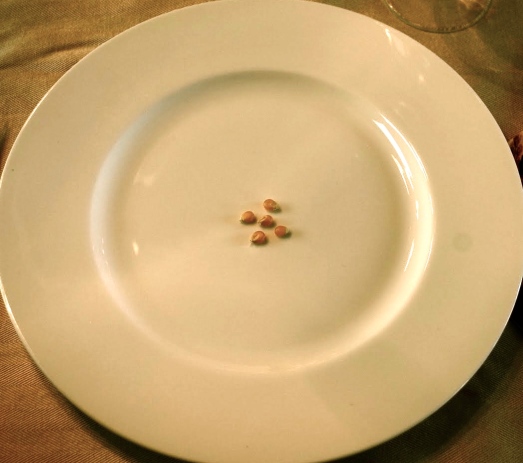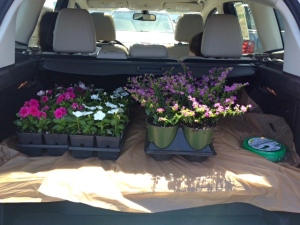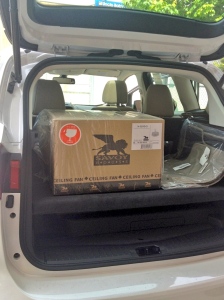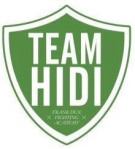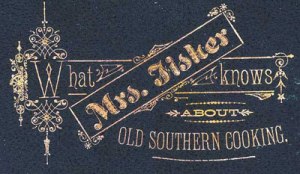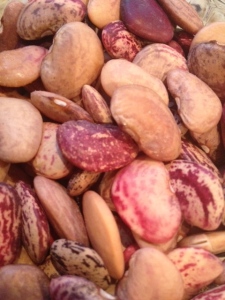His charisma, that mad genius, that sense of humor, his boyish curiosity, shirt-off-his-back love of mankind, his smile, his sweet heart, this was the man I knew, the man I fought for to stay – a little longer. All of this could not temper the wild swings that ultimately came – up then down – never knowing how long we’d have him steady – cramming in as much life as we could, for we knew the down was coming soon – maybe in the next hour, the next minute. We’d resurface, taking gasping breaths to continue swimming upstream – he still lost his life.
The dizzying moods, that plagued, that lurked like the monster under the bed. Watching, waiting, gripping, pulling him. Married to addiction, that curbed the pain. The war raged on until the cease fires. So many cease fires. We fought for them. How long would the peace last this time? Will these meds work? Will this therapist cut through the barbed wire? Both of us smiling, acting the part – no one knew the pain, the anger, the deterioration. We’d seal the cracks, the leaks in the boat as soon as they were visible – he still lost his life.
Despite years of trying to help him seek regular treatment. Despite two attempts to intervene that last year. Despite all the fights, the therapy and drug treatment, his self-medication of cheap beer and sleeping pills, the begging, the promises, the lies we wanted to believe, the children – he still lost his life.
I found him New Year’s Day, our son’s baby book next to him – quiet. He always slept hard, slept deep, when he slept at all. I was angry. Yet another broken promise, “I’ll be in bed by 2am, baby. You won’t wake up alone again.” I called to him. Nothing. Not unusual. I would often call to him three, four, fives times before he stirred. Nothing. I stepped forward into the light. Staring back, the monster under the bed, the one that lurked, the one that threatened – finally caught him, pulled him under. I couldn’t save him. I wasn’t there to pull him back – not this time.
It will be ok. It will be ok. It will be ok…it’s not ok.
Bipolar Disorder.
What more could I have done – differently?
I wish this was dramatized, an over-exaggeration. Support groups call people like me, my children “survivors”. We are left to survive the aftermath. To pick up the wartime pieces. Five years later, the door is still ajar. While I have chosen a path of happiness, the path that I lead my children down daily, the past is still with us. I watch over my children for signs of the monster, a 20% chance. Adolescence is its blooming period. We talk, we smile, we laugh, we have drawn our own conclusions through truth. When they were young, it was Little Golden Book discussions of suicide and death. Today, it’s frank, raw, mixed with tight embraces and hysterical laughter. Most times we remember his smile, the mad genius, the candy bought while I wasn’t looking, the forts on the sofa, workshop creations, the vegetable garden, that delicious chicken soup, his love. All this out of reach of the monster now.
You may not enter here, sir. He’s not yours to keep.
This is our small victory.
Yet the battle still rages, the monster lurks – for others – so for them we keep fighting.
Maybe?
Not this time.

